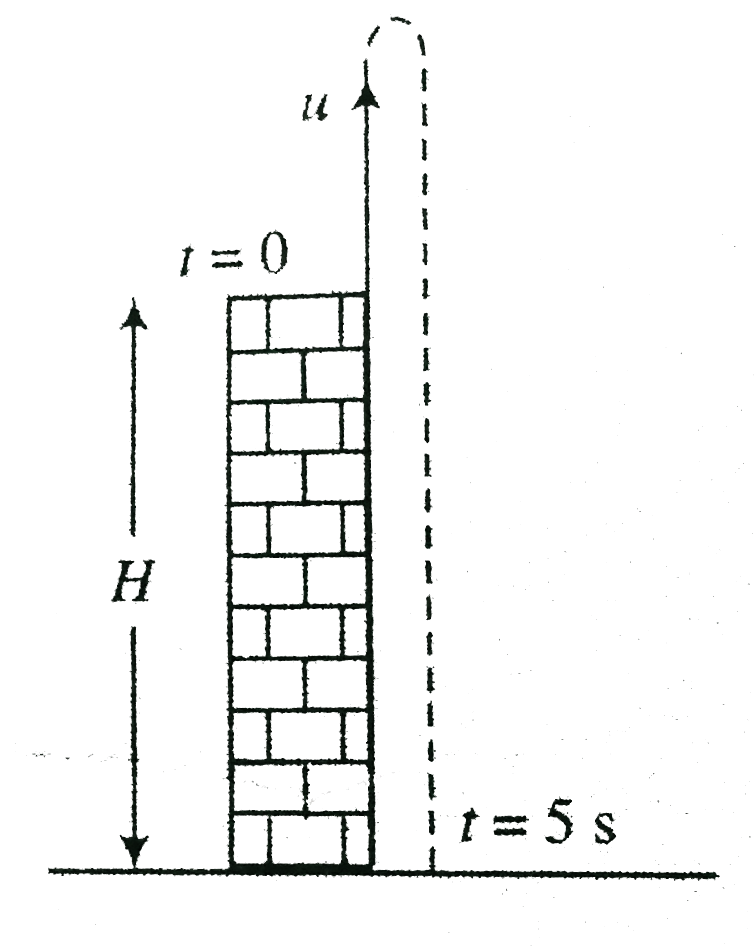Lightning strikes only on high - rise buildings
Step-by-Step Solution:
1. Understanding Lightning: Lightning is a discharge of electricity that occurs during a thunderstorm. It is caused by the buildup of electrical charges in clouds.
Hint: Remember that lightning is related to electrical charges and their interactions.
2. Charge Distribution: In a thunderstorm, clouds often develop a negative charge at their base, while the ground and objects on the ground, such as high-rise buildings, can become positively charged.
Hint: Think about how charges interact; opposites attract.
3. Role of High-Rise Buildings: High-rise buildings are taller than their surroundings, making them more likely to be struck by lightning. They often have lightning rods installed at their tops.
Hint: Consider why height is a factor in lightning strikes.
4. Lightning Rod Function: A lightning rod is a metal rod that is installed at the top of a building. It is designed to attract lightning. When the negatively charged clouds are nearby, they induce a positive charge in the lightning rod.
Hint: Recall that a lightning rod provides a pathway for the electrical discharge.
5. Attraction Between Charges: The positive charge of the lightning rod attracts the negative charge from the clouds. This attraction can lead to a lightning strike, as the electrical discharge travels from the cloud to the rod.
Hint: Visualize the process of attraction between the opposite charges.
6. Conclusion: Since high-rise buildings are equipped with lightning rods and are taller than other structures, they are more likely to be struck by lightning compared to shorter buildings.
Hint: Summarize the reasons why lightning strikes high-rise buildings more frequently.
Final Statement:
Lightning strikes only on high-rise buildings because they are equipped with lightning rods that attract the electrical discharge from negatively charged clouds, leading to a higher likelihood of being struck.
Lightning strikes only on high-rise buildings because they are equipped with lightning rods that attract the electrical discharge from negatively charged clouds, leading to a higher likelihood of being struck.
Similar Questions
Assertion: The lightening conductor at the top of high building has sharp pointed ends.
Reason: The surface density of charge at sharp points is very high resulting in setting up of electric wind.
View SolutionWhat is lightning conductor ? How does it save high-rise buildings from lightning damage ?
View SolutionFoundations of high rise building are small. True/False.
View SolutionA particle is projected up with initial speed u=10ms−1 from the top of a bitlding at time t=0. At time t=5s the particle strikes the fround. Find the height of the building.
 .
.
View SolutionA steel ball is dropped from th roof of a building. A man standing in front of a 1−m high window in the building notes tha the ball takes 0.1s to the fall from the top to the boottom of the window. The ball continues to fall and strikes the ground. On striking the ground, the ball gers rebounded with the same speed with which it hits the ground. If the ball reappears at the bottom of the window 2s after passing the bottom of the window on the way down, dind the height of the building.
View SolutionA girl is standing on the top edge of an 18 m high building. She tosses a coin upwards with a speed of 7.0ms−1.How long does it take for the Coin to hit the ground ?How fast is the coin going just before it strikes the ground? (g=10ms−2)
View SolutionA body falls from the top of a building and reaches the ground 2.5 s later. How high is the building ? (Take g = 9.8 ms−2)
View SolutionA stone of weight of 2 kgf is lying on the roof of a building 60 m high. Calculate the amount of stored energy in the stone. [Take 1 kgf=10N]
View SolutionWhat is lightning
(b) How do the clouds get electrically charged ?
(c) How does lightning strike a building ?
View SolutionHow does a lightning conductor protect buildings from lightning?
View Solution
